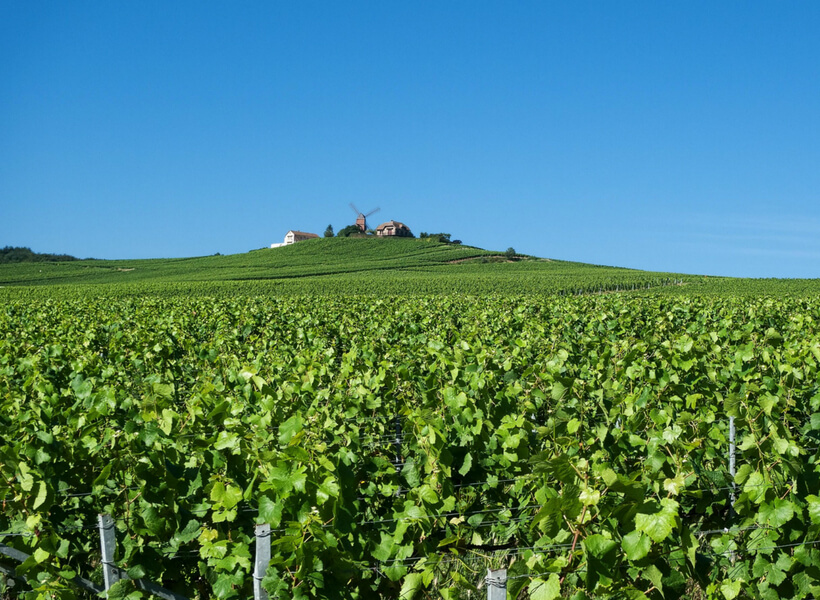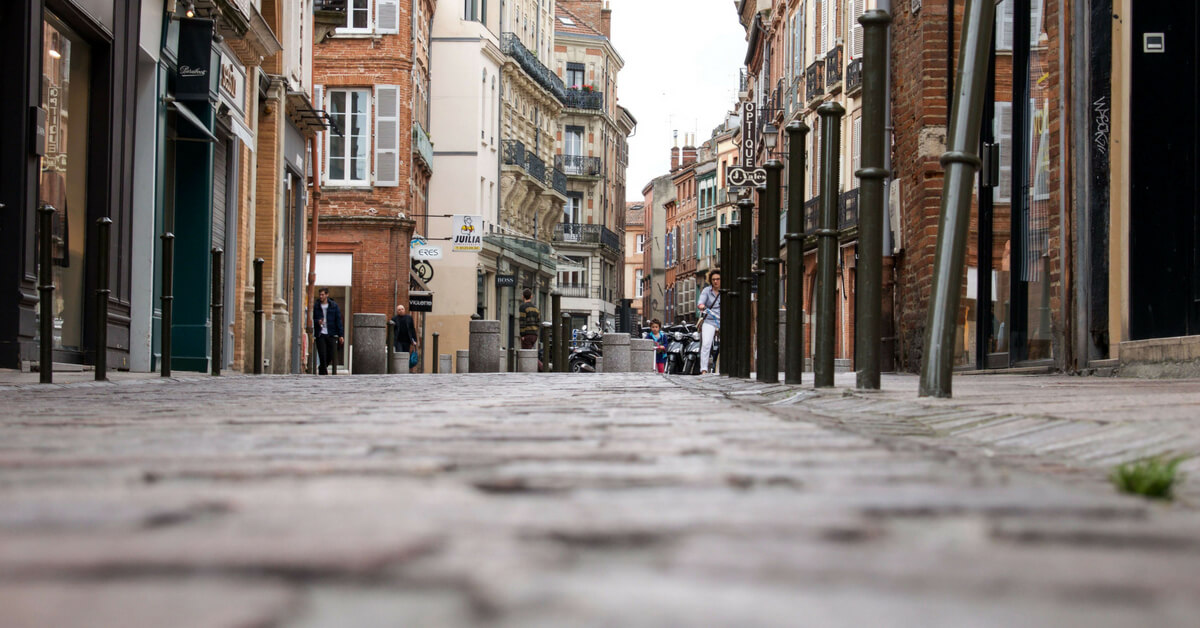Category: Champagne Area
Episode Highlights with Time Stamps
- 1:30′ Where is the Champagne Region geographically? How big of an area is it?
- 2:40′ Most northern wine-producing region in France.
- 3:00′ Nine Hundred Anniversary of the charter of Champagne that designates officially what makes a wine Champagne.
- 4:00′ Champagne without bubbles?
- 5:00′ Romans introduced grape vines in France and started producing wine in the fourth century.
- 6:00′ How Romans drank wine: a brew of red wine, water, and spices.
- 7:00′ How monasteries played a vital role in the development of wineries in France.
- 9:00′ Wine was shipped in barrels, glass bottles were not used early on, and wood barrels were used for centuries.
- 10:20′ Sometimes the wine in the barrels formed bubbles. That was not desirable and when that happened the wine was considered spoiled.
- 11:30′ Every monastery had people who understood wine and they tried to control what happened in the barrels.
- 12:20′ Royalty drank a lot of wine, commoners drank a kind of beer or cider.
- 13:30′ Why the English had a big part to play in the development of Champagne. One early version of wine was called Clairette.
- 14:30′ Consumers were unhappy when their barrel of wine had “turned” and had too many bubbles. Then an Englishman realized that perhaps the secret to controlling what happens to the wine was to seal it better inside of a glass bottle. This happened in the early 1600s.
- 15:30′ The English promoted the idea of wine in glass bottles to the French. The idea was to put the wine in glass after fermentation and seal it up with wood (no cork yet) and cover the wood with a cloth.
- 16:30′ The wine with two fermentations: wooden barrels + inside bottles.
- 17:40′ Monks realized that they needed really thick bottles. The English also introduced the use of cork instead of wood. Why cork is better than wood. Why there is a wire over the Champagne bottle.
- 19:00′ Dom Perignon
- 20:30′ Dom Perignon started to mix different grapes to make his wine to get to a flavor he wanted.
- 21:00′ The three varieties of grapes used in Champagne making are Pinot Noir, Chardonnay, and Pinot Meunier and they are always mixed in various proportions. A 100% Chardonnay drink made in the Champagne area is called Blanc de Blanc, not Champagne.
- 22:00′ Pinot noir is a red grape with white flesh inside, if they don’t want the wine to have a red color (most Champagnes don’t), they remove the skins as soon as they’ve pressed the grapes. Dom Perignon wrote a book about how to mix grape varieties to get various wine flavors. You were supposed to taste first thing in the morning before you had tasted anything else!
- 23:00′ The French court immediately adopted this wine Dom Perignon made and so did the English court. By the late 1600s Champagne was THE drink of the aristocracy in Western Europe.
- 24:00′ The rules for making Champagne. Only 5% of Champagne has a “millésime”, and those are the most expensive bottles. Otherwise wine is not dated as other wine is.
- 25:40′ Consumers find a brand of wine that they like and stick to it and then year after year they’ll find that same flavor. Tastes in wines have changed, they used to be a lot sweeter, now a slightly sweet wine is called “demi-sec”.
- 27:00′ Rosé Champagne. Buying Champagne for an event and how we drink it in France.
- 28:00′ Statistics about Champagne and the business of Champagne.
- 31:00′ Magnum bottles vs small bottles. How to get a good deal on Champagne. Some of the big names are Veuve Clicquot, Moet et Chandon, Taittinger, Lafitte, Pommery, Ruimart (oldest official), Martel (not exported). There are over 200 brands of Champagne.
- 33:00′ Buying Champagne from a “caviste”. A “caviste” is someone who does not specialize in any one kind of Champagne, they sell many wines and Champagnes and can advise you on what you need for your event and your particular taste. In English: wine merchant?
- 35:30′ Champagne tasting at the various Champagne houses.
- 36:20′ Rosé Champagne.
- 37:00′ Why you should visit the Champagne Region

Subscribe to the Podcast
Apple Google Spotify RSSSupport the Show
Tip Your Guides Extras Patreon Audio ToursRead more about this show-notes
Episode PageCategory: Champagne Area

